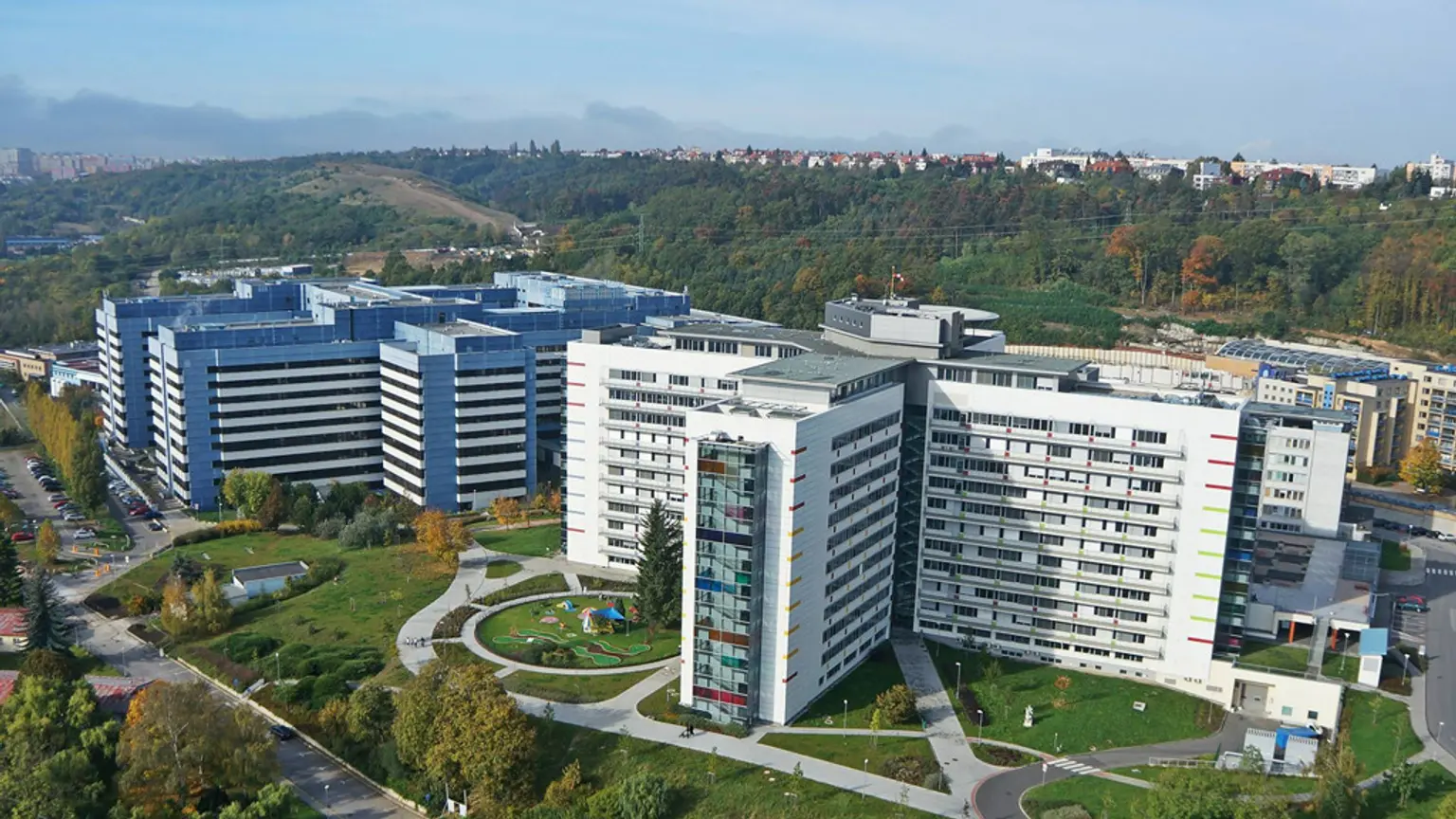University Hospital in Motol
This page is solely managed by the hospital for all communications.
International Call - Call hospitals worldwide for free using the internet
Hlavní město Praha, Czechia
Languages Spoken
Languages Spoken
Top Specialties
Top Specialties
